
Your teeth and gums play an important role in your body’s overall health. Holistic dentistry recognizes this connection and takes a whole- body approach, using tools and procedures that promote total wellness. Holistic dentistry, also called alternative dentistry, is the equivalent of alternative medicine for dentistry. Although the holistic dental community is diverse in its practices and approaches, common threads include strong opposition to the use of amalgam in materials in dental fillings, non-surgical approaches to gum disease, and the belief that root canals may endanger systemic health of the patient through the spread of trapped dental bacteria to the body. Many holistic dentist use natural options for pain and use x-rays sparingly.
Many practices and opinions among alternative dentists are criticized as not being evidence-based by the mainstream dental community and skeptics of alternative medicine in general. Generally speaking, such dentists charge far more for the same dental treatment compared to the mainstream dentists, as they consider themselves to providing specialized care.
Today the Holistic Dental Network defines the field as an approach to dentistry that promotes health and wellness instead of treating of disease. They attempted to coin the following basic principles as being unique to holistic dentistry:
Proper nutrition for the prevention and reversal of degenerative dental disease
Avoidance and elimination of toxins from dental materials
Prevention and treatment of dental malocclusion (bite problems = physical imbalance)
Prevention and treatment of gum disease at its biological basis
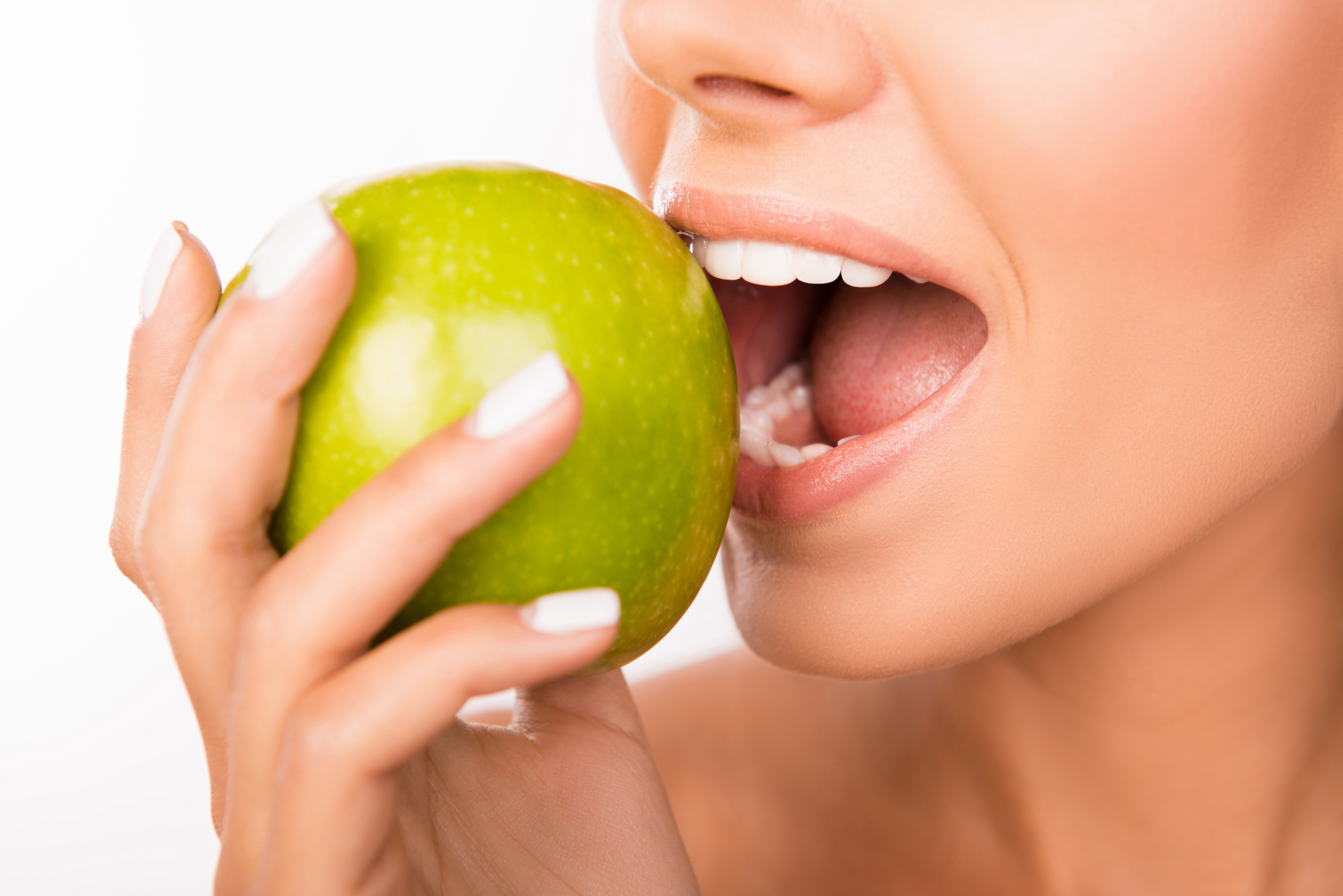
Practitioners of holistic dentistry can vary a great deal in terms of techniques and services they offer. While many conventional dentists recognize there is a significant merit to different preventative approaches to dentistry, some of these dentists have criticized holistic practices for lack of efficacy of approach and false marketing in their practices.
A significant part of the critique of holistic dentistry is related to the unsubstantiated use of certain services and treatments, many of which have either been investigated and found ineffective or have not been researched enough to be declared safe and effective for practice. For example, herbal remedies are often recommended in the form of mouthwash and toothpaste in order to prevent or treat certain dental conditions. They are supposedly safer products because they are natural. However, there is lack of scientific research which supports such treatments.
Most holistic dentists use plant-based fluoride free tooth remineralization products. They use cold laser to help treat TMJ pain. For patients who have frequent headache or pain due to misalignment of the jaw joint (TMJ), dental laser is used for effective pain reduction. The laser reduces inflammation and stimulates the natural healing capacity of the affected tissues. Although the American Dental Association considers dental amalgam safe, most holistic dentists replace amalgam fillings with composite fillings which blend in with the surrounding tooth structure for a natural appearance.
History
The origin of holistic dentistry dates back to 1800, when the National Dental Association recognized the harmful effects of amalgam restoration and mandated that the members of the association should not use it on their patients. This was followed by many countries that have banned the use of mercury. Holistic dentistry rose further in between 1870 to 1948 with Weston A Price. He conducted research and came to the conclusion that degenerative diseases like heart problems, kidney and bladder disorders, arthritis, rheumatism, mental illness, lung problems and many other bacterial infections arise from root canal therapy and endodontic treatments. His concept was widely known as “focal infection theory”. Support of Price’s theories continued further from a dentist named Melvin Page. He coined the phrase “balancing body chemistry” and considered tooth decay an example of systemic chemical imbalances. He marketed a mineral supplement with claims that widespread mineral deficiencies were an underlying cause of several health conditions, including goiter, heart diseases, tuberculosis, and diabetes.The last few decades have seen an increase in the number of people following holistic dentistry.
The use of X-ray in holistic dentistry
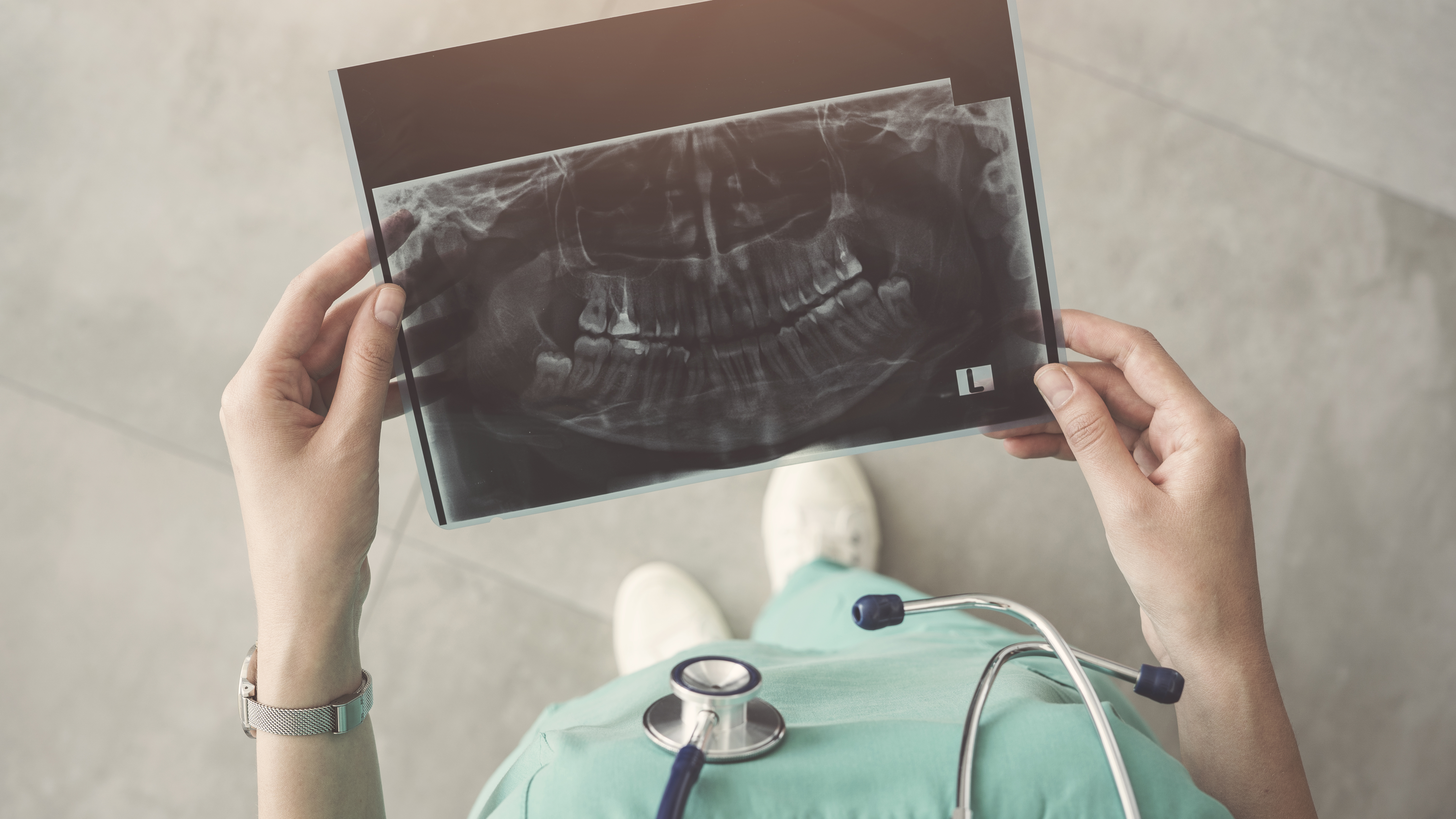
It is no secret that X-rays emit radiation and that radiation has been linked to cancer. While other traditional dentists will take x-rays every 6 months, holistic dentists use digital x-rays which are about 50% lower in radiation on average than the previous generation of x-ray machines. Recent studies show there is a statistically significant correlation between full-mouth X-rays and salivary gland cancer. Health outcomes such as leukemia (the most common childhood cancer in America), low birth weight, cataracts, and thumb carcinomas have also been reported.
Neem in Holistic Dentistry
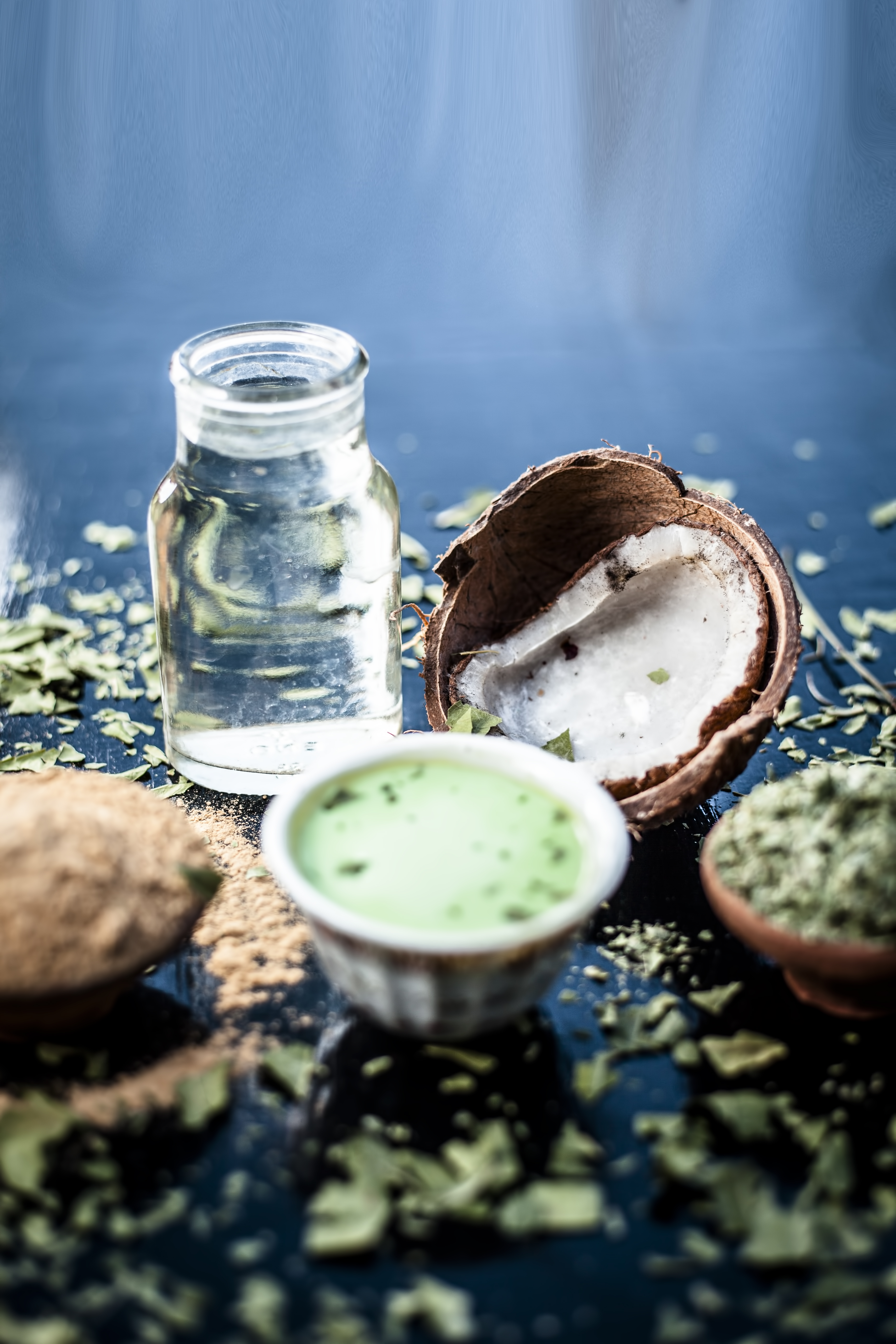
Azadirachta indica commonly known as Neem, is an evergreen tree. Since time immemorial it has been used by Indian people for treatment of various diseases due to its medicinal properties. It possesses anti-bacterial, anticariogenic, anti-helminthic, anti-viral and anti- inflammatory activity. Neem bark is used as an active ingredient in a number of toothpastes and toothpowders. It is useful in dentistry for curing gingival problems and maintaining oral health in a natural way. Neem twigs are used as oral deodorant, toothache reliever and for cleaning of teeth.
Ayurveda in Holistic Dentistry
Ayurveda is one of the oldest systems of medicine from India. It is nearly 5000 years old. Ayurvedic herbs have nature’s own power of remedies. The right herb in the right combination keeps the body system in harmony. Formulated herbal tooth powder and paste are available that are effective and safe for number of diseases. These ingredients are combined in such a way that helps in cleaning teeth, prevention from various dental problems such as dental pain, bleeding gums, mouth fibrosis due to poor eating habits, betel nut chewing habits (these are seeds of the Areca catechu – well known for the rise of oral cancer especially in Asian countries), poor dental root, sensitive tooth, tobacco chewing habits, dental numbness, formation of tartar and poor dental strength.
Many Ayurvedic formulations are prepared using Neem as a dominant ingredient. It could be in the form of herbal toothpaste or herbal tooth powder, making it a unique and powerful oral care formula containing active botanicals such as supercritical extracts of Neem bark, grape seed, clove, fennel and other plants for maximum support of healthy gum and teeth. Propolis which is a natural substance based on resins of pine and collected by bees has been reported to cure oral ulcerations. The sedative properties of chamomile, limeflower, vervain, rosemary, and valerian are relied upon in the practice of holistic dentistry.
Homeopathy in Holistic Dentistry
Homeopathy is used by holistic dentist as a natural approach to their practice. The therapy is a safe and natural alternative that is non- addictive and effective with both adults and children. Homeopathic remedies are used to improve the psychological or emotional condition of patients without the drugging effects of conventional tranquilizers. The three main remedies considered by holistic dentists include: aconite (foxglove); gelsemium (yellow jasmine); and argentum nitricum (silver nitrate). Clinical experience has also demonstrated that many homeopathic remedies have been found to be effective for conditions especially dental caries, dental abscess, oral lesions, post extraction bleeding and even medication to treat the anxious and nervous child.
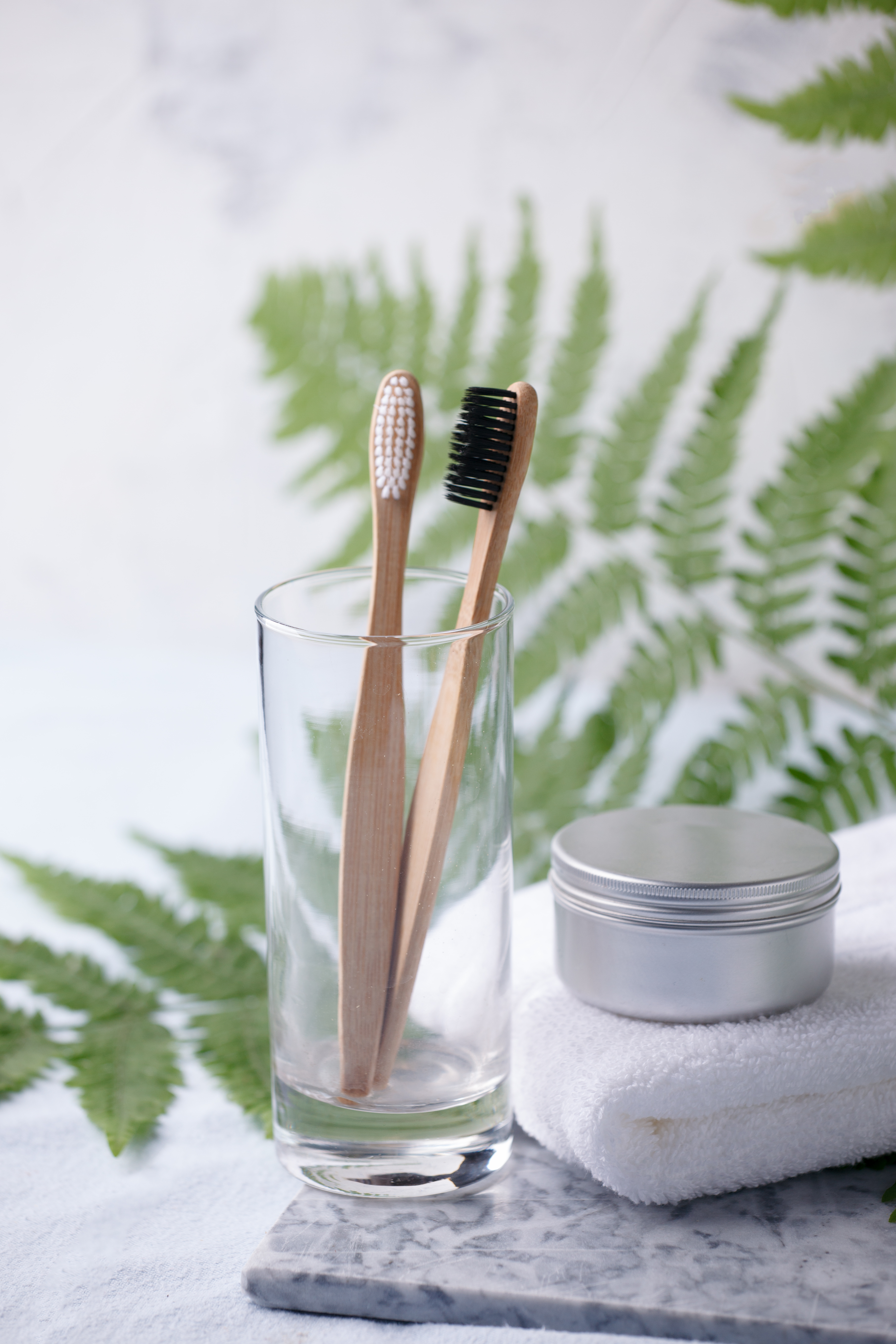
Hypnosis in holistic dentistry
When hypnosis is used, patients are able to relax their bodies and minds by concentrating on suggestions of relaxation. The patient is fully aware of what is happening during their treatment and no drugs are used. Its use is mainly suggested for apprehensive patients. It may banish fear and make other anesthesia unnecessary. Many holistic dentists employ specialist hypnotherapists to provide treatment that is highly effective and cannot cause any harm or produce any side effects.
The Use of Miswak
Some traditional dental techniques such as the use of the Miswak stick has been shown to be beneficial. These sticks are popular among different cultures and languages by different names: ‘Mswaki’ in Swahili, ‘Gisa’ in Aramaic, ‘Gesam’ in Hebrew, ‘Mastic’ in Latin and ‘Koyoji’ in Japanese. The popularity of Miswak became significantly widespread under the influence of Islamic culture. There are around 180 species of plant from which a Miswak can be prepared, but the popular choice is S. persica all over the world. The twigs, stems and roots of this plant have been used extensively for oral hygiene measures and also smaller sticks are used as toothpicks.
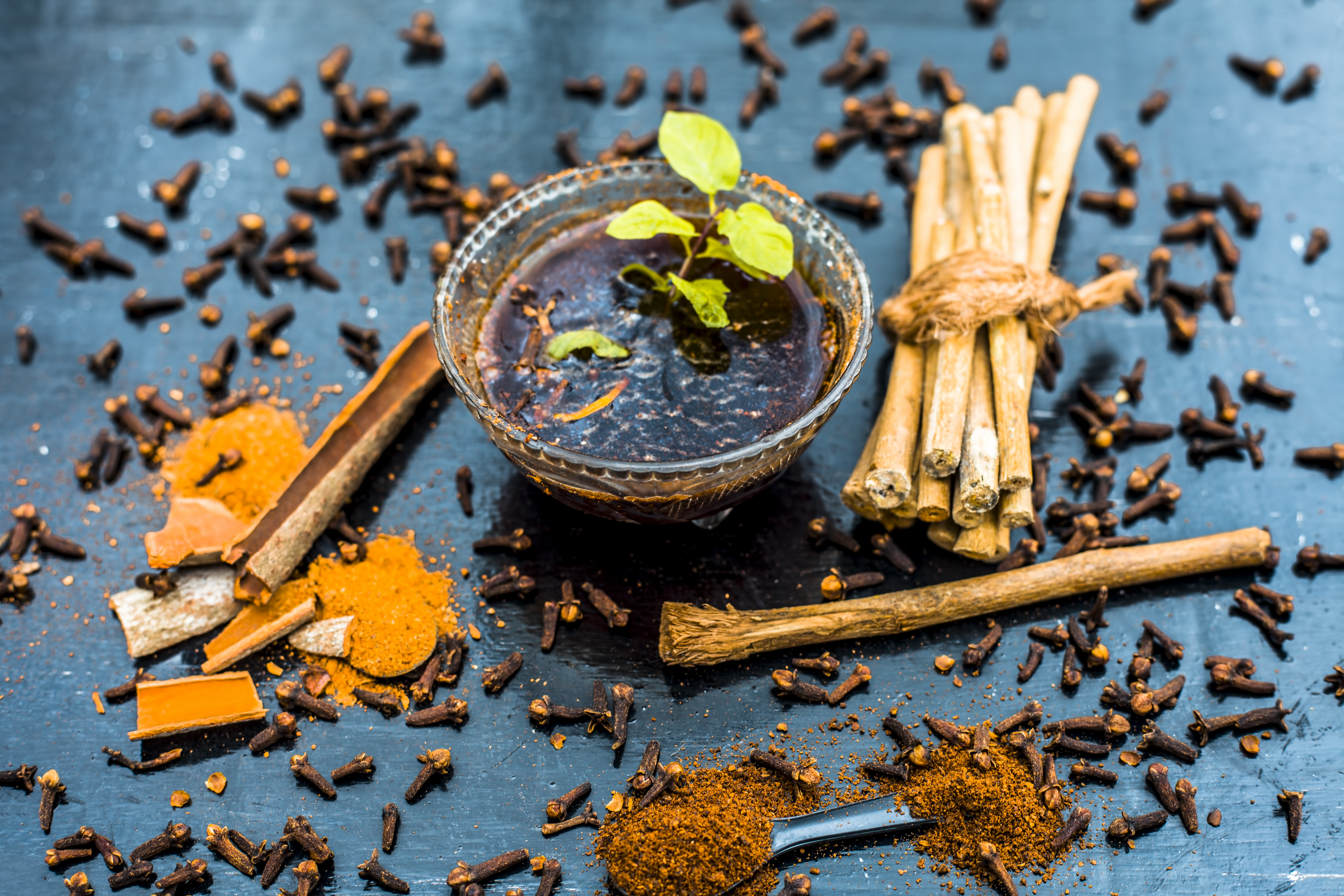
The Miswak has a range of benefits. It contains fluoride that is helpful in fighting against caries and a repeat action of chewing the Miswak produces anticariogenic ( prevents cavities) effects by releasing fresh sap in the oral cavity. Miswak promotes tissue healing and repair due to the presence of Vitamin C. A thin resin layer is formed on the enamel which helps to protect against caries. Presence of an essential oil give out a mild pungent taste which helps in stimulating the flow of saliva behaving as a buffering agent and calculus formation is retarded by high concentration of chloride. Apart from being the cleaning aid for tooth and tongue, it is an effective jaw exerciser following any trauma to the jaw or the temporomandibular joint ( the joint that connects the jawbone to the skull). It prevents deleterious habits such as thumb sucking in children and smoking in adults and kids in the development of the dentition during the eruption stage.
Conclusion
Holistic dentistry is an emerging field of probiotic dental medicine that supports the life process. It is an aesthetic, relatively nontoxic and biocompatible treatment modality. The knowledge and understanding of Holistic approach of treatments is still an ongoing process and further research should be carried out in this regard.


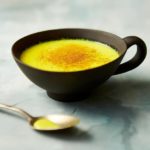

Join the Conversation